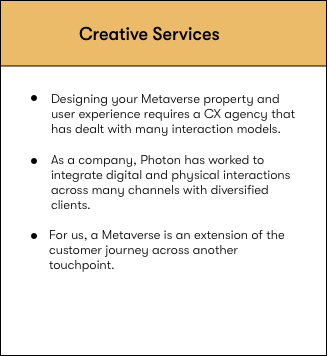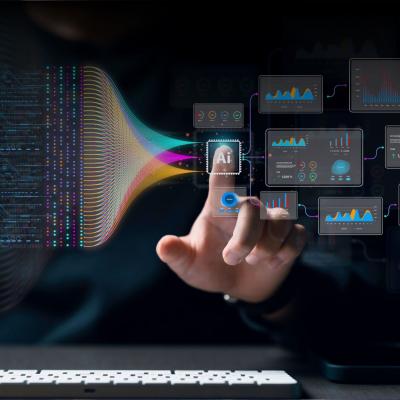The progression of APIs and microservices - Photon Infotech from Photon
From proprietary, ad hoc solutions (EAI) to open protocols (SOA & API), to increasingly secure microservices, enjoy the four-era history of modular APIs—and the disruptive companies that leveraged their potential.
Late ’90s: Enterprise Application Integration (EAI) services and models
- Without open protocols, proprietary platforms, and interfaces proliferated
- Most platforms were integration hubs using “bus” style methods to stitch apps together
- EAI addressed early integration and transactional challenges by using message-oriented middleware
Mid ’00s: Service Oriented Architecture (SOA) and best practices
- SOA supports open protocols like SOAP and WSDL for easier integration; EAI platforms begin to adopt them
- Standardized registries like UDDI automate dynamic discovery of application endpoints for consumers and publishers
- Economic challenges delay adoption of critical open protocols for security, transactions, and stability Service Oriented Architecture (SOA) and Best Practices Mid ’00s to Early ’10s
- EAI platforms start to support much of the same open standards suggested by SOA
- Larger vendors like Oracle (Fusion) and SAP (PI) support smaller EAI vendors who move to support business process management
Early ’10s: API platforms, SDKs, and API management
- REST and JSON become the mobile programming model, the de facto standard to consume back-end data
- New open protocols like OAuth support security features for browser-based and native applications alike
- Compared to SOA architecture, this stack proves to be light and agile while maintaining a similar feature set to SOAP/XML standards
- All three generations of these technologies co-exist today in a comprehensive architecture for omnichannel digital experiences
2015 to today: Microservice architecture, resilience, channel APIs and security
- The world is moving toward the next generation of HTTP, forging strategies to create small, cross-platform containers that host independent microservices
- New technologies like Node and Spring work well in this newer model, but advanced strategies like Docker provide isolation for different services
- Additional open source projects (like Hysterix for Resilience Architecture and JSON Web Tokens for key management) are filling in other pieces of the puzzle
- HTTP/2 will supercharge the API economy by providing multi-call payloads in a single connection, a nascent but big move for REST technologies
Connect with Photon to power great omnichannel experiences with APIs and microservices.














